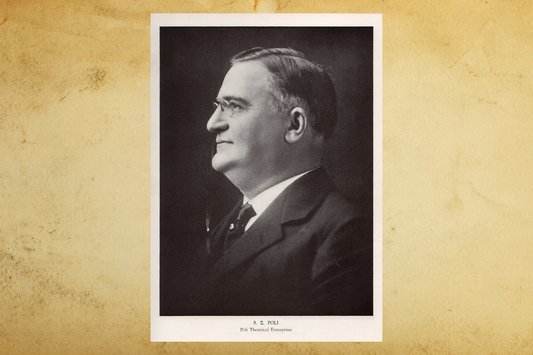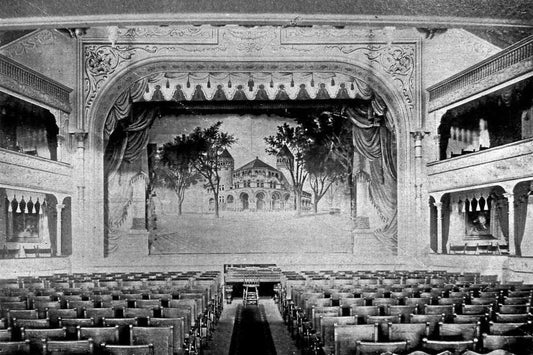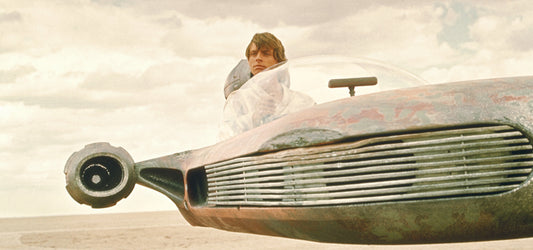Last Friday, as the Peabody Museum reopened the last major component of a years-long renovation—its third floor—I felt a little like one of the many naturalists whose work has contributed to the museum, trying to observe and document my subject in a way that didn’t alter or interfere with it.
What was I studying? Homo sapiens, whose behaviors began to emerge before I’d entered the building. Few parents could resist posing their kids for a picture next to the hulking torosaurus statue. Few kids could resist hopping along the sidewalk, trying to land their own feet on the etched dinosaur tracks. In a variation, one little boy bounced his gift shop dinosaur from footprint to footprint, roaring on the toy’s behalf.
Up on the third floor, patterns and outliers also emerged. In wave after wave, small children ran to the life-sized dioramas as if pulled by a huge cartoon magnet. They climbed the explanatory ledges, pressed their hands and noses to the glass, dreamed of entering the Kaibab Plateau, the Tropical Rainforest, the Shortgrass Plains, the Sonoran Desert. (A small army of attendants was poised with spray bottles and rags to clean up after them.) In the “Living Lab” room, the same kids would thrust their arms into the air—the signal to be picked up by Mom or Dad so they too could see the stealthy frogs, darting lizards and shimmering fish. Their parents, meanwhile, tried to keep pace, savor moments, counsel patience, avert calamity. Older kids in friend groups seemed more interested in squeezing social currency from the experience, while those who browsed alone or with their immediate families tended to focus on the treasures before them.
In a large room highlighting contemporary biodiversity, a little girl started clapping her hands in wide sweeps, mimicking the long, sawtoothed jaws of a giant South Asian crocodile—a gharial—on the other side of the glass. Two rooms over, a tween girl gazed with unusual thoughtfulness into a 360-degree butterfly terrarium, while a similarly aged boy tried to impress the girls he knew by scaring a few of the insects off their perch. Another girl delightedly showed her mom a low hidden alcove showcasing a coelacanth—“an extraordinary fish,” a placard teases. A different girl demanded, with an aggrieved “Mah-uuuuhm,” that her mother stop pointing out the smaller creatures hiding in the life-sized dioramas; she wanted to spot them for herself. A young boy wondered what it would be like to ride one of the impressive brown bears in the Alaska Tundra diorama; Dad pointed out that the bear might object. In the mineral section, a teenager at the meteorite display imparted some of his own knowledge to his family, while another compared a humongous stibnite specimen, its mirror-shine shafts exploding outward, to the Iron Throne. At the same specimen, an older woman pushing a stroller, needing no fantasy references to appreciate the rare quality and quantity of the thing, was simply awestruck.
In whatever form it took, that last response—awe—was not an outlier. If you’re hoping to experience it yourself but have been deterred by the advance ticketing system, which shows all time slots booked through late July, don’t despair. Walk-up tickets are plentiful, I’m told, and, just like the advance version, free. Whatever your ticket status, bear in mind that the parking situation may be thornier than the bramble of the Cold Bog diorama. When I arrived by car at 11 a.m. Friday morning, the visitors’ lot had clearly been full for some time; after 15 or 20 minutes of high-traffic prowling south of the museum, I finally wised up and ventured eastward, snagging a non-zoned two-hour spot on Humphrey Street near Orange.
As for your own hunt, like a brown bear on the Alaskan Tundra or a gharial in a South Asian river, I can only wish you luck.
Yale Peabody Museum
170 Whitney Ave, New Haven (map)
Tues-Sat 10am-5pm, Sun noon-5pm
(203) 432-8987
www.peabody.yale.edu
Written and photographed by Dan Mims.







